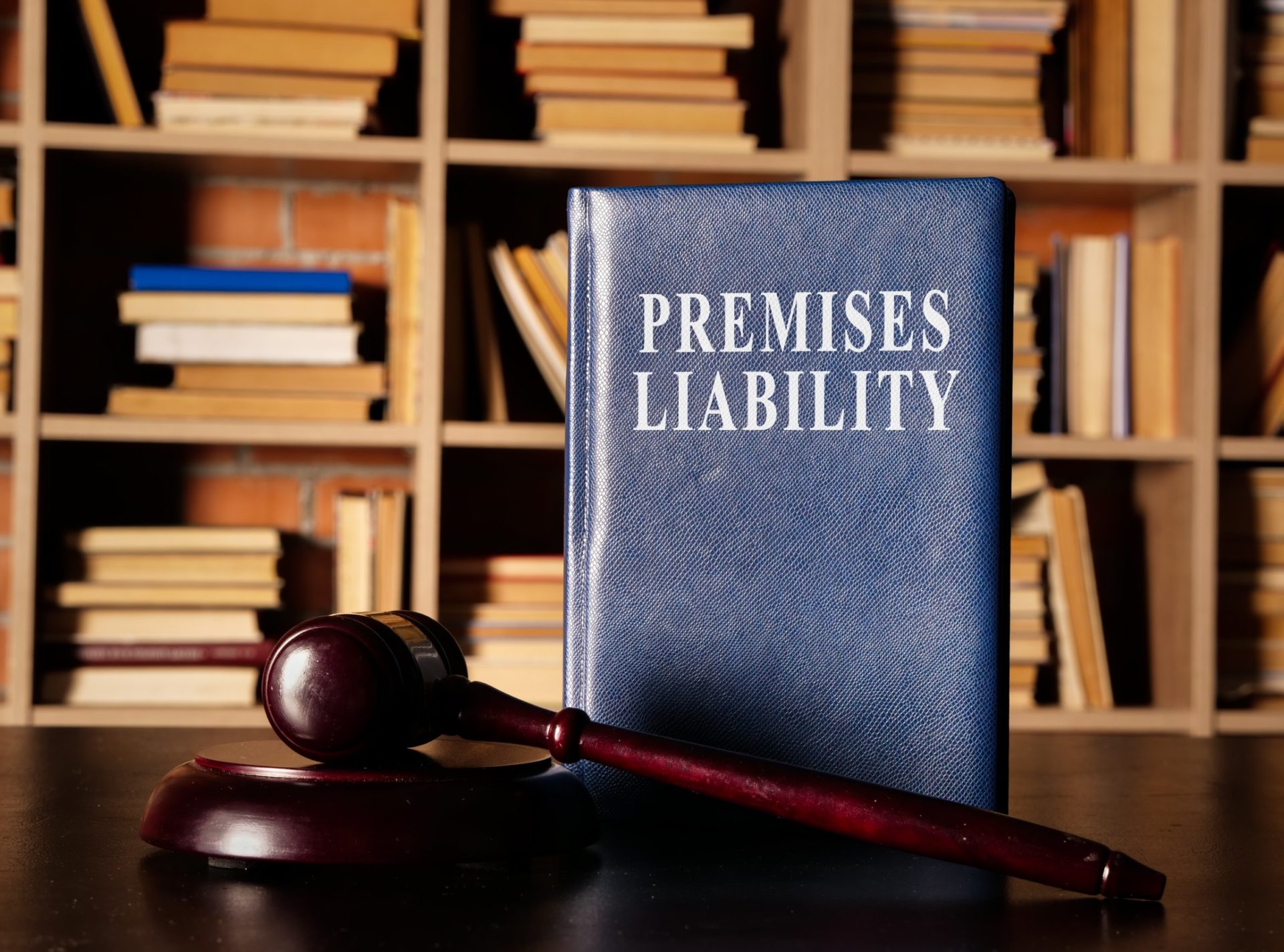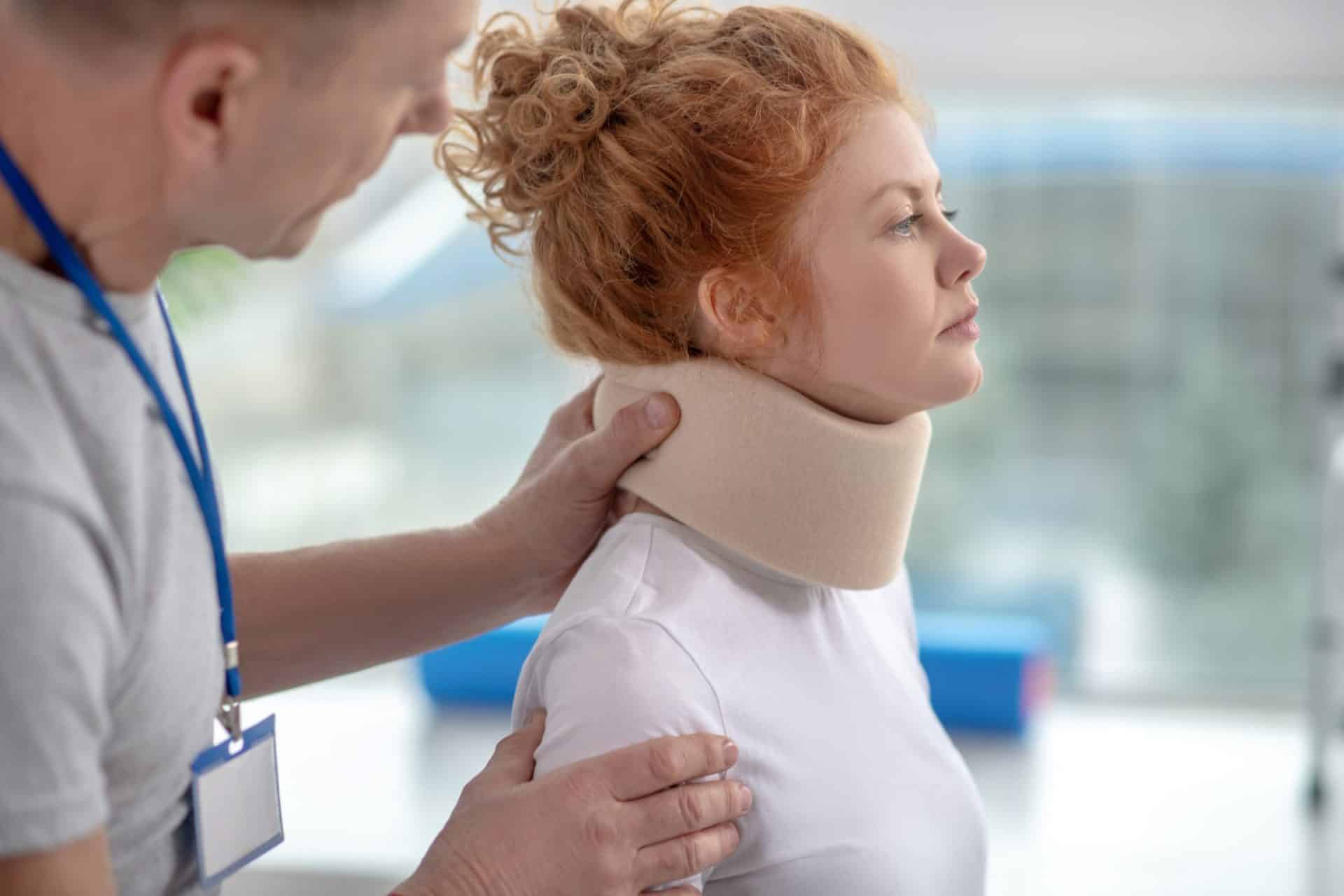
In the state of New York, property owners have certain standards to which they are held. They are accountable for providing a safe environment for those on their property, whether that means they are customers, tenants, or visitors.
The world can be unpredictable, and safety issues will occur from time to time no matter where you are. However, property owners who knowingly neglect or fail to resolve issues of safety can be held accountable through the court of law if you are injured. This is called premises liability.
Let’s take a closer look at premises liability in New York – and what elements must be established if you want to successfully bring a premises liability lawsuit against a property owner in the state.
Premises Liability Law in New York
Under New York law, it is the legal obligation of property owners to maintain their property appropriately, so that it doesn’t harm anyone who may be on their property lawfully. However, they must be aware that there is a safety issue which needs addressing. If they were unaware of it, then you may not be able to bring a case against them.
In a premises liability case, you must have suffered an injury that is the result of negligence on the part of the property owner.
Examples of Premises Liability Accidents
There are some unfortunate accidents that tend to occur when properties are not properly maintained and made free from hazards. Some of the most common accidents in the scope of premises liability include:
- Negligent security
- Dog bites
- Slip and fall accidents
- Elevator accidents
- Burns
- Defective stairs
If any of these things happen to you, and you are injured, then you should speak with an attorney who specializes in premises liability. They can advise you as to whether or not your case has a chance to meet the thresholds required by the law.
Elements of Premises Liability in New York
When you bring a premises liability lawsuit against a property owner, the burden of proof is on you to show that it was their negligence that caused your harm. The legal term negligence means that the owner of the property had the legal duty to keep the property safe but failed to do so – and that failure directly contributed to your injuries.
You must be able to show through what is called a preponderance of the evidence that your claim holds water. Essentially, that means it must be shown that the property owner was more likely than not accountable for your injuries.
The elements that must be proven for your case to be successful include establishing that the person you are suing actually owns or possesses the property in question. Once that is established, then you must prove that you were lawfully on the property, and there were hazardous conditions present.

The owner of the property must have been aware that the conditions existed and were negligent in dealing with them, failing to take the necessary steps to fix the conditions or prevent them. They also failed to warn you of the hazard, and it was this negligence that led directly to your injury – from which you suffered harm.
These elements can be tricky to establish, which is why an experienced attorney is essential to help you move forward with your case to get the compensation you deserve.









